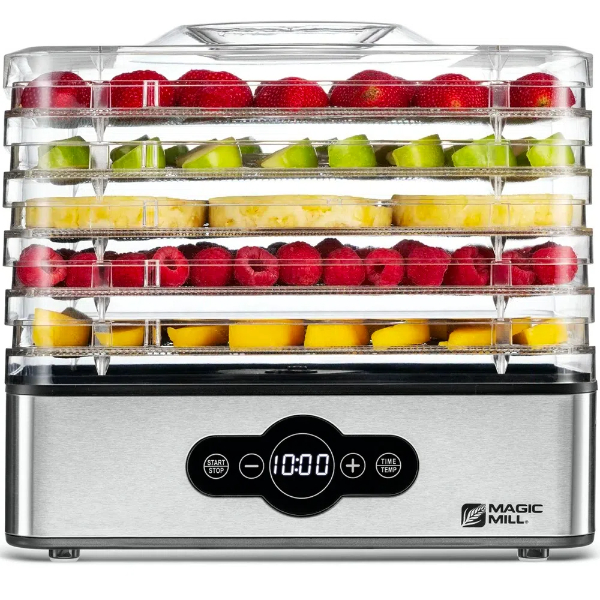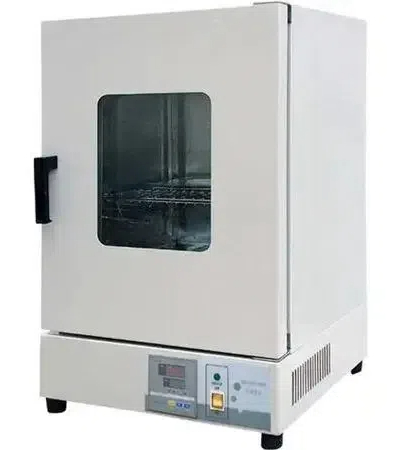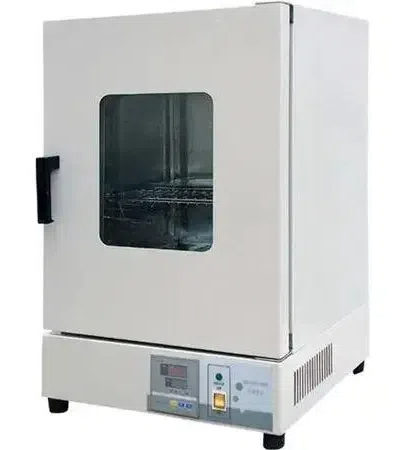
Content Menu
● Introduction to Food Drying Machines for Home
● Benefits of Using a Food Drying Machine at Home
>> Nutritional Benefits
>> Cost-Effectiveness
>> Reducing Food Waste
● Types of Food Drying Machines for Home Use
>> Stackable Tray Dehydrators
>> Box and Shelf Dehydrators
>> Multi-Tray Food Dehydrators
● Choosing the Best Food Dehydrator for Home Use
>> Top Features to Look for in a Food Drying Machine for Home
● How to Use Your Food Drying Machine at Home
● Popular Foods to Dry Using Your Home Food Dehydrator
>> Fruits
>> Vegetables
>> Meats
>> Herbs and Spices
● Creative Uses for Your Food Drying Machine at Home
● Maintenance and Care of Your Food Drying Machine
● Comparing Food Drying Machines to Other Preservation Methods
>> Dehydration vs. Canning
>> Dehydration vs. Freezing
● Energy Efficiency and Cost Savings
● Health Considerations When Using a Food Drying Machine at Home
● Conclusion: Embracing the Benefits of Food Drying Machines for Home
● Frequently Asked Questions
>> 1. What is the best temperature for drying fruits in a food drying machine for home?
>> 2. How long does it take to make beef jerky in a home food dehydrator?
>> 3. Can I use my food drying machine for home to dehydrate herbs?
>> 4. How do I store foods after using my food drying machine at home?
>> 5. Is it safe to leave my food drying machine running overnight?
Introduction to Food Drying Machines for Home
In recent years, the popularity of food drying machines for home use has skyrocketed. These versatile appliances, also known as food dehydrators, have become essential tools for health-conscious individuals, culinary enthusiasts, and those looking to reduce food waste. A food drying machine for home allows you to preserve a wide variety of foods, from fruits and vegetables to meats and herbs, all while retaining their nutritional value and enhancing their flavors.
Benefits of Using a Food Drying Machine at Home
Investing in a food drying machine for home offers numerous advantages:
1. Extended food shelf life
2. Preservation of nutrients and enzymes
3. Cost savings on groceries
4. Reduction of food waste
5. Creation of healthy, preservative-free snacks
6. Versatility in food preparation
Nutritional Benefits
One of the primary reasons people turn to food drying machines for home use is to preserve the nutritional content of their food. Unlike other preservation methods that may involve high heat or chemical additives, dehydration maintains most of the vitamins, minerals, and enzymes present in fresh foods.
Cost-Effectiveness
While the initial investment in a food drying machine for home might seem significant, it can lead to substantial savings over time. By purchasing produce in bulk during peak season and dehydrating it for later use, you can enjoy your favorite fruits and vegetables year-round at a fraction of the cost.
Reducing Food Waste
Food waste is a global issue, but with a food drying machine at home, you can significantly reduce your contribution to this problem. Excess produce from your garden or farmer's market hauls can be easily preserved for future use, ensuring that nothing goes to waste.

Types of Food Drying Machines for Home Use
When shopping for a food drying machine for home, you'll encounter several types:
Stackable Tray Dehydrators
These are among the most popular and affordable food drying machines for home use. They consist of a base unit with a heating element and fan, and multiple trays that stack on top of each other.
Box and Shelf Dehydrators
Box and shelf dehydrators resemble small ovens and often offer more precise temperature control. They're ideal for those who plan to do a lot of dehydrating or work with a variety of foods.
Multi-Tray Food Dehydrators
These machines are designed for high-capacity drying and often come with features like adjustable thermostats and timers. They're perfect for large families or those who want to dehydrate large quantities of food at once.
Choosing the Best Food Dehydrator for Home Use
Selecting the right food drying machine for your home depends on several factors:
1. Capacity: Consider how much food you plan to dehydrate at once.
2. Size: Ensure you have enough counter or storage space for the machine.
3. Temperature Control: Look for models with adjustable temperature settings for different types of food.
4. Noise Level: Some machines can be noisy, which might be a concern if you plan to run them overnight.
5. Energy Efficiency: Check the wattage and look for energy-efficient models to keep operating costs low.
Top Features to Look for in a Food Drying Machine for Home
When shopping for the best food dehydrator for home use, keep an eye out for these features:
- Adjustable thermostat
- Timer with auto shut-off
- Even heat distribution
- Quiet operation
- Easy-to-clean trays
- Transparent door or trays for monitoring
- Expandable capacity
How to Use Your Food Drying Machine at Home
Using a food drying machine for home is relatively simple, but there are some best practices to follow:
1. Prepare your food: Wash, dry, and slice your ingredients evenly for consistent drying.
2. Arrange food on trays: Leave space between pieces for air circulation.
3. Set the temperature: Different foods require different temperatures, so consult your machine's guide.
4. Monitor the process: Check your food periodically to ensure it's drying evenly.
5. Store properly: Once dried, store your food in airtight containers or vacuum-sealed bags.

Popular Foods to Dry Using Your Home Food Dehydrator
A food drying machine for home is incredibly versatile. Here are some popular foods you can dehydrate:
Fruits
- Apples
- Bananas
- Strawberries
- Mangoes
- Pineapples
Vegetables
- Tomatoes
- Carrots
- Peppers
- Onions
- Zucchini
Meats
- Beef jerky
- Turkey jerky
- Salmon jerky
Herbs and Spices
- Basil
- Oregano
- Parsley
- Chives
Creative Uses for Your Food Drying Machine at Home
Beyond basic food preservation, your food drying machine for home can be used for various creative culinary projects:
1. Making fruit leathers
2. Creating dried herb blends
3. Preparing homemade pet treats
4. Drying flowers for crafts
5. Making your own tea blends
Maintenance and Care of Your Food Drying Machine
To ensure your food drying machine for home lasts for years, proper maintenance is crucial:
1. Clean trays and the interior after each use
2. Check and clean filters regularly
3. Store in a dry place when not in use
4. Inspect the cord and plug for any damage before use
5. Follow the manufacturer's instructions for deep cleaning
Comparing Food Drying Machines to Other Preservation Methods
While food drying machines for home are excellent for preservation, it's worth comparing them to other methods:
Dehydration vs. Canning
Dehydration is generally easier and requires less equipment than canning. It also preserves more nutrients and enzymes. However, canned foods have a longer shelf life and are ready to eat without rehydration.
Dehydration vs. Freezing
Dehydrated foods take up less space and don't require electricity for long-term storage, unlike frozen foods. However, freezing can better preserve the texture of some foods.
Energy Efficiency and Cost Savings
Modern food drying machines for home are designed with energy efficiency in mind. While they do use electricity, the long-term savings on food costs and reduced waste often outweigh the operating expenses. Look for Energy Star certified models for the best efficiency.
Health Considerations When Using a Food Drying Machine at Home
While food drying is generally a healthy preservation method, there are some health considerations to keep in mind:
1. Proper food handling to prevent contamination
2. Ensuring foods are adequately dried to prevent mold growth
3. Being mindful of the calorie density of dried foods
4. Considering the loss of some vitamins during the drying process
Conclusion: Embracing the Benefits of Food Drying Machines for Home
Investing in a food drying machine for home can revolutionize the way you approach food preservation, meal planning, and healthy snacking. With the ability to create nutritious, long-lasting foods right in your kitchen, you'll find yourself exploring new flavors, reducing waste, and potentially saving money on your grocery bills.
Whether you're a gardener looking to preserve your harvest, a health enthusiast creating wholesome snacks, or simply someone who loves the intense flavors of dried foods, a food drying machine for home is a valuable addition to any kitchen. By choosing the right machine for your needs and learning to use it effectively, you'll open up a world of culinary possibilities and take a significant step towards a more sustainable and self-sufficient lifestyle.

Frequently Asked Questions
1. What is the best temperature for drying fruits in a food drying machine for home?
Answer: The ideal temperature for drying fruits in a food drying machine for home is typically between 125°F and 135°F (52°C to 57°C). This range helps preserve the fruit's natural sugars and nutrients while effectively removing moisture. However, it's important to note that different fruits may require slightly different temperatures for optimal results.
2. How long does it take to make beef jerky in a home food dehydrator?
Answer: The time it takes to make beef jerky in a home food dehydrator can vary depending on the thickness of the meat slices and the desired level of dryness. On average, it takes about 4 to 6 hours at a temperature of 165°F (74°C). However, it's crucial to ensure the internal temperature of the meat reaches 165°F (74°C) to eliminate any harmful bacteria.
3. Can I use my food drying machine for home to dehydrate herbs?
Answer: Yes, you can definitely use your food drying machine for home to dehydrate herbs. In fact, it's an excellent way to preserve fresh herbs from your garden. Set the temperature low, around 95°F to 115°F (35°C to 46°C), to preserve the herbs' essential oils and flavors. The process usually takes 2 to 4 hours, depending on the herb type and moisture content.
4. How do I store foods after using my food drying machine at home?
Answer: After using your food drying machine at home, it's important to store dehydrated foods properly to maintain their quality. Store them in airtight containers, vacuum-sealed bags, or mason jars. Keep them in a cool, dark, and dry place. For long-term storage, you can add oxygen absorbers to the containers. Properly stored dehydrated foods can last anywhere from 6 months to several years, depending on the food type and storage conditions.
5. Is it safe to leave my food drying machine running overnight?
Answer: Most modern food drying machines for home use are designed to be safe for continuous operation, including overnight use. However, it's always best to follow the manufacturer's instructions. Many models come with automatic shut-off features and other safety mechanisms. If you do run your dehydrator overnight, ensure it's placed in a well-ventilated area away from any flammable materials. It's also a good idea to check on it periodically if possible.












